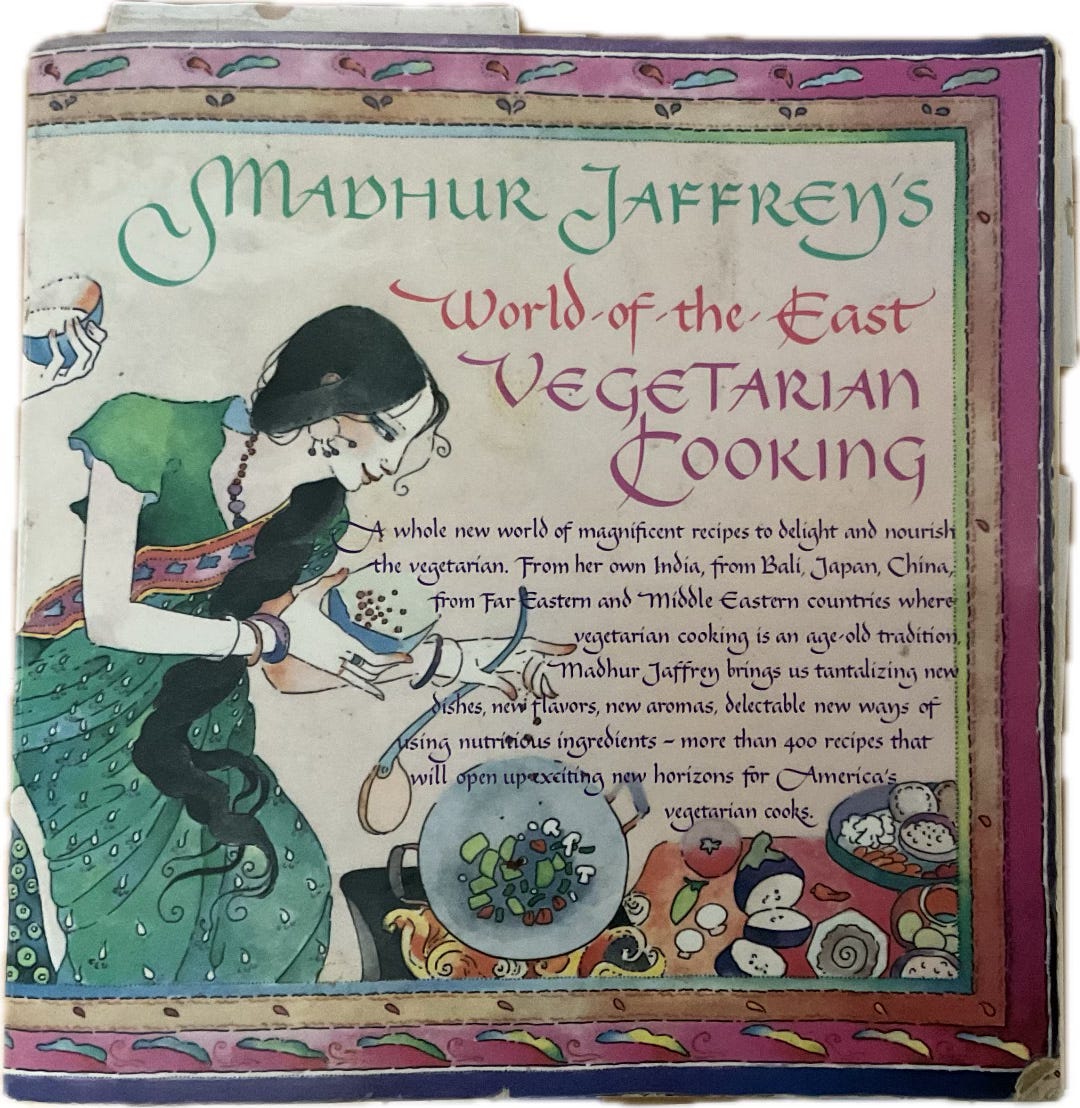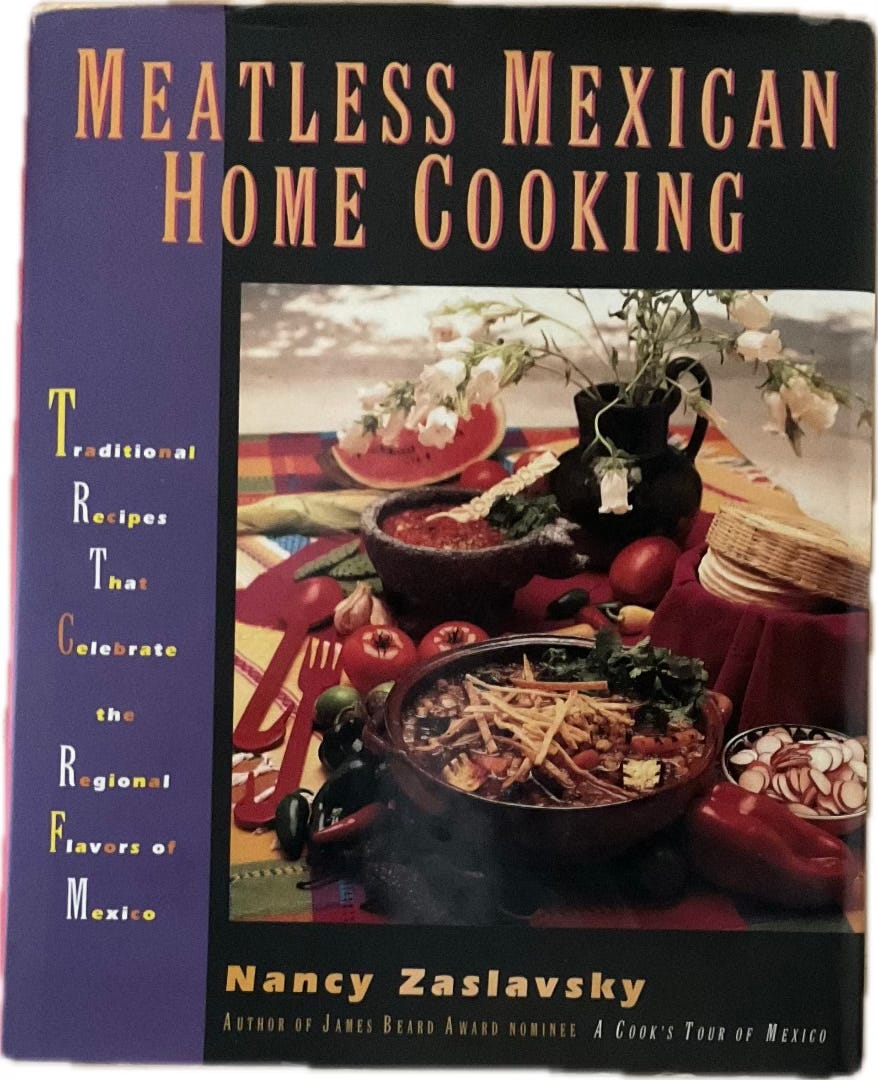Last week I received an RSVP for an upcoming dinner party, a big affair at one of the nicest restaurants in town. In the RSVP I was allowed to indicate the dish I wanted. The choices:
Chicken
Vegetarian
While there was no further description of the chicken dish, whether it will be chicken Florentine or chicken livers boiled in four quarts of water, at least they bothered to specify chicken. It’s not going to be beef or hamburgers or pork chops or catfish.
I checked the box indicating that I plan on eating the vegetarian option, but I HAVE NO IDEA whether it will be a Thai-inspired tofu extravaganza with broccoli and savory mushrooms, beans and rice cooked in a plum reduction, or (what is usually on your plate when you get the vegetarian option) pasta with a cheese sauce.
I think it’s telling how little regard most folks have for vegan and vegetarian dining that a restaurant won’t be bothered to describe, even in the most general sketch, what their vegetarian dinner is. And that seems to be the general outlook of most folks. When I talk about a meatless diet to a lot of my friends, they get far off looks in their eyes, as though I brought up Medieval Zoroastrian eschatology or the societal implications of miniature donkey husbandry.
Meatless diets are important
But meatlessness is important. Raising cattle and poultry takes resources like feed and water, all of which have their own carbon footprint. Meat production adds all those footprints together. Diets that include meat thus result in carbon outputs that can be twice that of vegan or vegetarian diets.
Not only would switching to a meatless diet reduce carbon output, but it would start vast carbon capture. All the farmland that we now use to raise cattle could sequester almost 100 billion tons of CO2 as those farmlands are restored to forest and grassland. This would essentially pause our increase in greenhouse gas emissions, giving us a little time to phase out fossil fuels, according to recent research from Stanford and UC Berkeley.
Let’s do it
Reducing or cutting out meat is thus no small matter. I figured I could encourage everyone to at least try a meatless meal from time to time by suggesting a few vegan/vegetarian cookbooks and online publications.
Fellow Substackers are good resources for vegan and vegetarian cooking. One of my favorites is
, who brings a lifetime of professional culinary experince to his Substack, Vegan Weekly. He shares stories and recipes. I like his upbeat tone and broad cooking experience.I don’t hear as much ask I’d like from
. Her website, Fat Free Vegan, is one of our first go-tos when my wife or I are looking for a delicious meatless meal. Susan’s recipes are fat-free. That can be a big plus for keeping the weight down. For me, however, I work as a gardener, hike, and ride my bike a lot, so I only like to do fat-free from time to time.If you need a little encouragement and insight into going meatless,
posts daily, offering vegan memes and concise explainers about veganism. Michael writes a lot about veganism’s healthful and environmental benefits, as well as compassion for the animals with whom we share this planet.The cookbooks
I use the above resources, as well as other online cooking and recipe sites. I’m relying on cookbooks more, however, because many online sites are so crammed with ads or filled with other drivel that I have a hard time following a recipe.
One of my absolute favorite cookbooks of any kind is Madhur Jaffrey’s World of the East Vegetarian Cooking. Originally an acclaimed actress, Jaffrey has carved out a second career writing travel books, cookbooks, and a memoir. My wife and I have used this book so much we wore out our first copy and are now wearing out our second. Drawing on a wealth of cuisines, from India to the Philippines, Jaffrey has assembled dishes that are tasty, savory, and spicy. Making my favorite recipe from the book, channa masala, is a delightful way to spend an afternoon.
My orientation to cookbooks started with Joy of Cooking, with page after page crammed with a half-dozen or more recipes. In recent years, cookbook design has moved away from this approach. Most of today’s cookbooks feature a single recipe on one page opposite a full-page photo of luscious food porn, the completed recipe in full technicolor.

Jaffrey has two or three recipes per page, but she’s willing to take several pages to explain the workings of a recipe or the cultural significance of the dishes she describes. To me, it’s a good balance.
My second favorite cookbook is Meatless Mexican Home Cooking by Nancy Zaslavsky. The salsa recipes alone are worth checking out the book. This may be a good vegetarian book to start with, as most of the recipes don’t require a lot of ingredients and the directions are numbered and very easy to follow.

New cookbooks!
My wife and I have a number of cookbooks, but I still check out others from the library, which I really encourage folks to do. I’ve learned and cooked a lot of curries, soups, and other dishes from recipe books I found at the library. I just recently checked out the following.
Keep reading with a 7-day free trial
Subscribe to The Green Dispatch to keep reading this post and get 7 days of free access to the full post archives.




